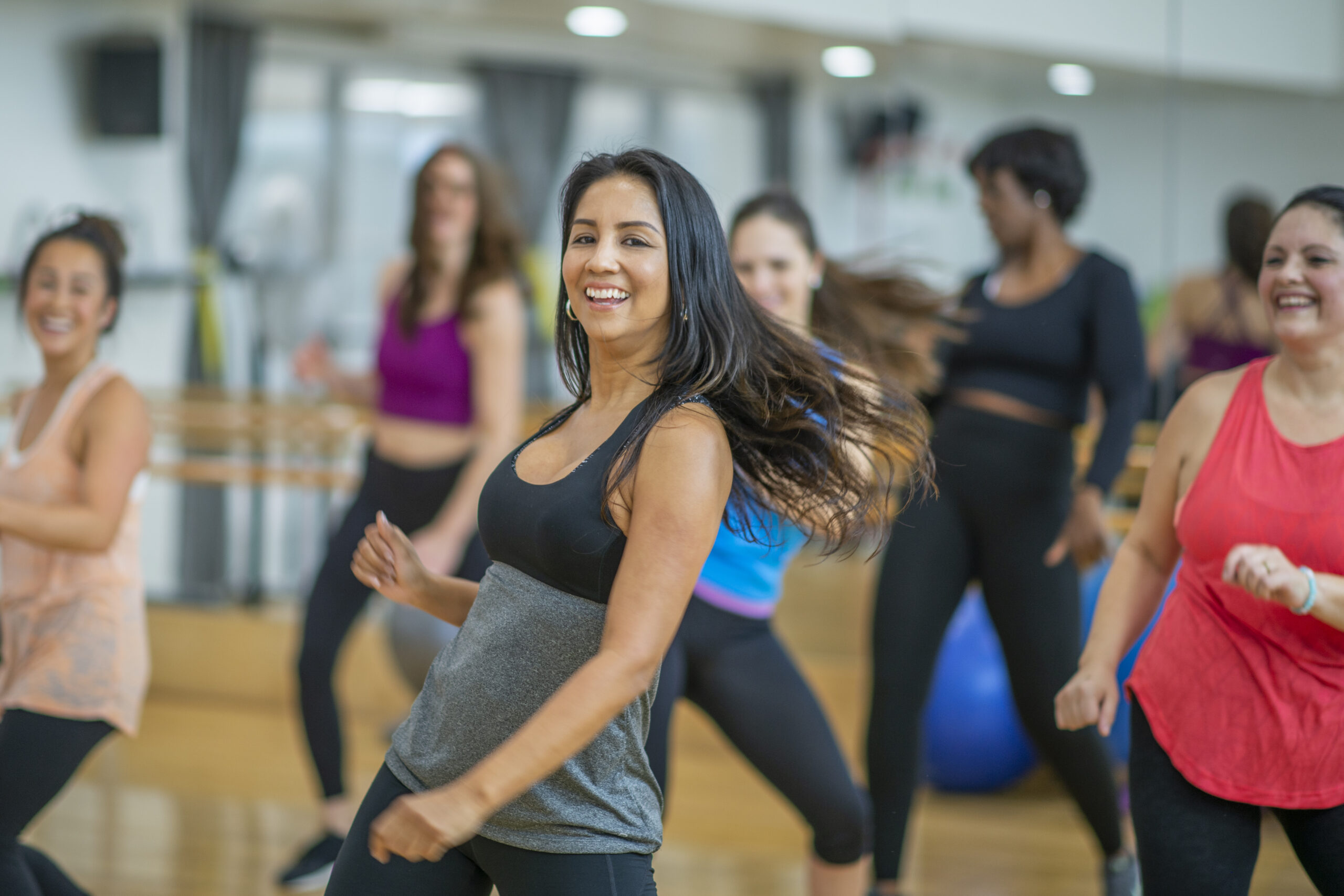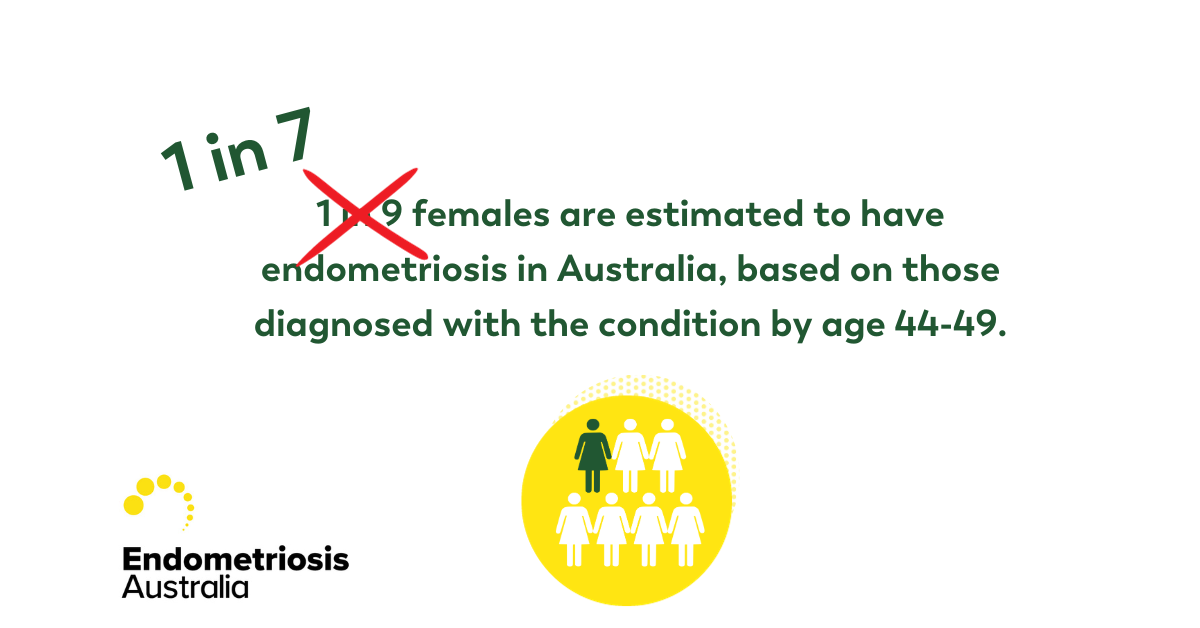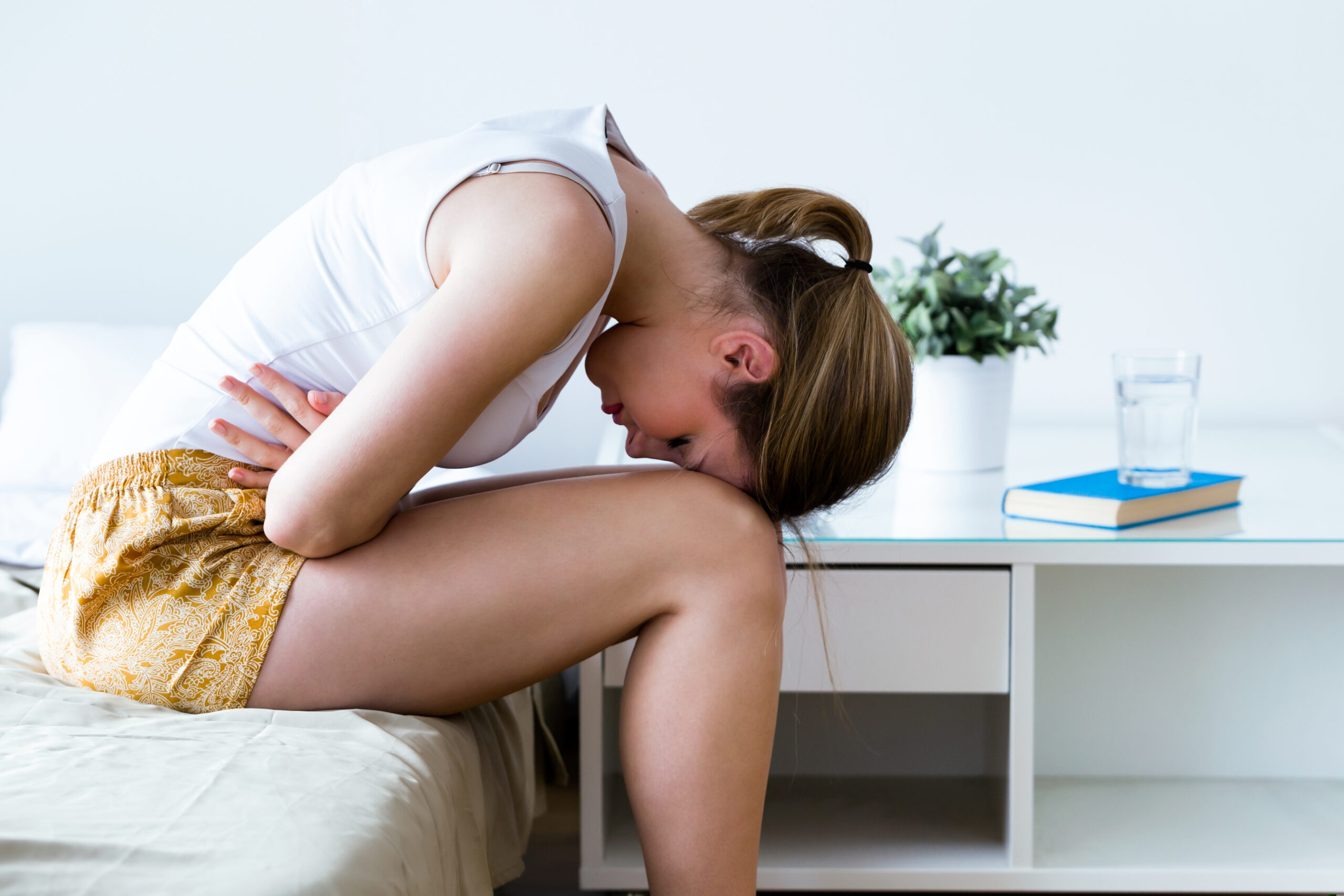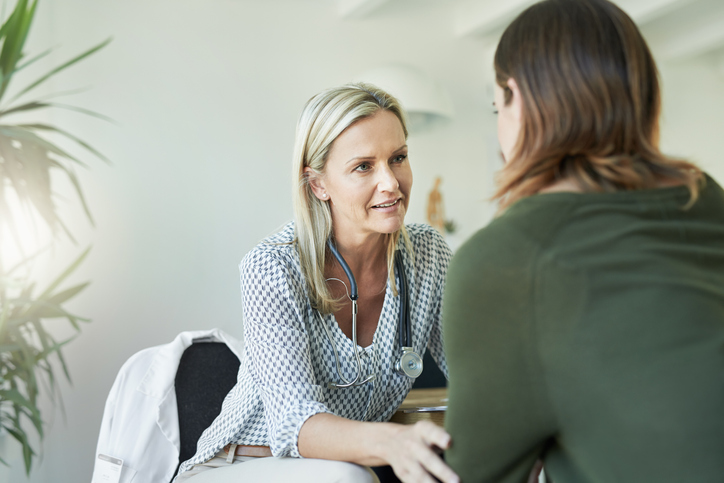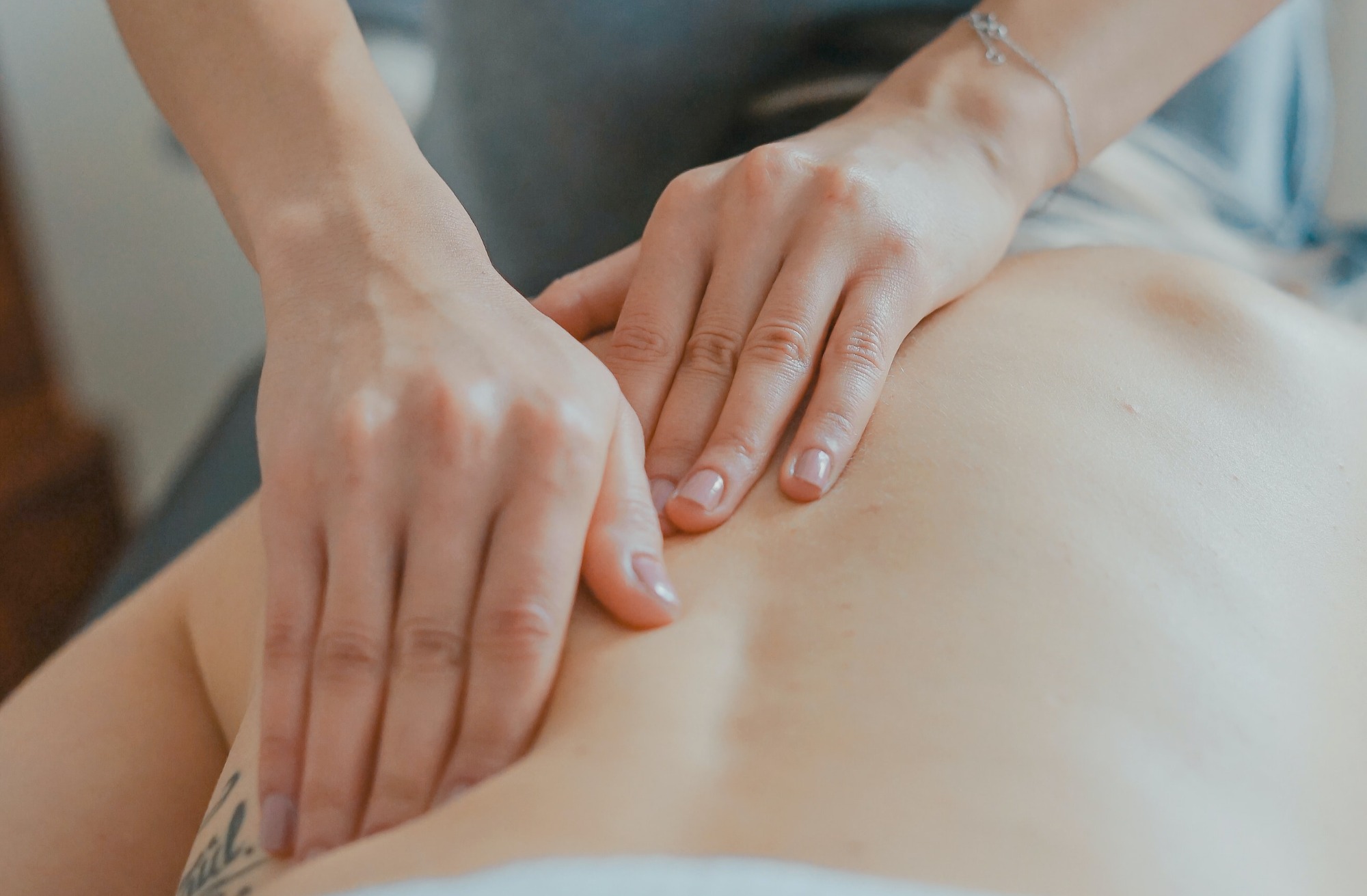Endometriosis is a complex condition, with pain as one of its main symptoms. The treatment of both endometriosis and pain is difficult, but one treatment option that consistently shows promise is exercise. Exercise is an excellent form of medicine, having protective effects against a host of diseases and health issues. The difficulty for some women with endometriosis is that exercise can have side effects, most commonly in the form of a pain flare (1). Understanding the benefits of exercise in endometriosis can be a helpful motivator, particularly whilst working out the type, intensity and duration of exercise that works best for you. There is no one size fits all treatment for endometriosisand exercising with endometriosis is no different.
Benefits of exercise for endometriosis management
- Exercise can act as an analgesic (pain relief): when we exercise our body releases feel good chemicals that reduce our awareness of pain messages. A recent randomised controlled trial found that women with endometriosis who completed 2 x 90 min sessions of yoga per week over 2 months had a reduced level of daily pain and improved quality of life compared to women who did not participate in yoga.(2)
- Exercise may have positive effect on inflammation: Endometriosis is a hormonally driven inflammatory disease. Inflammatory markers in other conditions such as heart disease are reduced through exercise, and in theory exercise may have similar benefit in endometriosis.
- Exercise can improve mobility and reduce cramping in the pelvic floor and abdomen: It is common for sufferers of endometriosis to have pelvic floor overactivity. Exercise that focuses on the full range of motion of the muscles of the abdomen, hips and pelvis is likely to improve relaxation.
- Exercise improves fatigue and brain fog: A swiss study found that women with endometriosis experience fatigue at twice the rate of women without.(3) People with endometriosis may also suffer from Fibromyalgia or chronic fatigue, and the expert guidelines for both these conditions support the role of exercise. All types of exercise can improve fatigue, however for some with endometriosis high intensity exercise can make it worse or cause a flare. This is where breaking your exercise into small snacks throughout the day can be helpful.
- Exercise can help manage constipation: Constipation, dyschezia (bowel pain) and bloating are all common symptoms of endometriosis. Exercise has proven benefits for digestion and bowel health – so just remember motion helps the motions!
- Exercise can improve mood and help manage the symptoms of depression and anxiety: There is evidence linking endometriosis with increased levels of depression and anxiety. Endometriosis can cause chronic pain, dyspareunia (pain with sex), menstrual irregularity, bowel dysfunction and issues with fertility. It’s human nature and that you may worry how this will impact your work, family and relationships. We do know that anxiety and depression can have a negative impact on pain levels, which then increases stress and the pain continues. Exercise can be an important tool in breaking this cycle through the release of endorphins and by providing moments of mindfulness which can help tame the mind when it starts to go wild with stress.
- Exercise has so many other health benefits: Exercise has protective effects against cancer, diabetes, heart disease, obesity and dementia to name a few. Women with endometriosis deserve these benefits as much as anyone else!
So we know exercise is important, but where to start?
The research tells us the most important exercise to do is the type you enjoy. If you like what you are doing, you are going to be consistent with it. Exercise you love can also provide moments of joy which is another important analgesic! If what you love is causing pain, then consider speaking with a pelvic health physiotherapist or exercise physiologist who can to modify and adjust your exercise.
It’s important to pace yourself, particularly if you are new to exercise or have had an extended break. Prolonged rest is not useful in persistent pain, as it leads to reduced muscle capacity, making it harder and possibly more painful to move. If you are deconditioned, start slow and build up. Set realistic goals for where you want to be and take steps to achieve them.
Endometriosis may mean you need to adjust your exercise intensity and duration throughout your cycle (if you have one). There may be some weeks when you can push yourself hard building fitness and strength, and other weeks when you need to choose exercise which is calmer and lower intensity. How we exercise throughout our cycle, on a good day and during a pain flare is likely to vary, so flexibility and listening to what your body needs is important.
Exercise is the wonder drug we should all be on. The dosage and duration is individual and requires a flexible approach in those with endometriosis, but we know there is room for some form of movement every day! If you need help to formulate a plan for exercise get in touch with a pelvic health physiotherapist or specialist exercise physiologist, who can be important members of your endometriosis management team.
by Ruth Schubert & Alexandra Diggles – Physiotherapists
Donate to Endometriosis Australia today and help end endo.
References
- Armour, M., Sinclair, J., Chalmers, K. J., & Smith, C. A. (2019). Self-management strategies amongst Australian women with endometriosis: a national online survey. BMC complementary and alternative medicine, 19(1), 17. doi:10.1186/s12906-019-2431-x
- Goncalves, A., Barron, N., & Bahamondes, L. (2017). The practice of hatha yoga for the treatment of pain associated with endometriosis. Journal of alternate and complementary medicine, 23(1):45-52.
- Ramin-Wright A., Kohl Schwartz A.S., Geraedts K., Rauchfuss M., Wolfler M., Haeberline F., Von Orelli, S., Eberhard, M., Imthurn, B., Imesch, P., Finch, D., & Leeners B. (2018). Fatigue – a common symptom in endometriosis. Human Reproduction, [Epub ahead of print].

